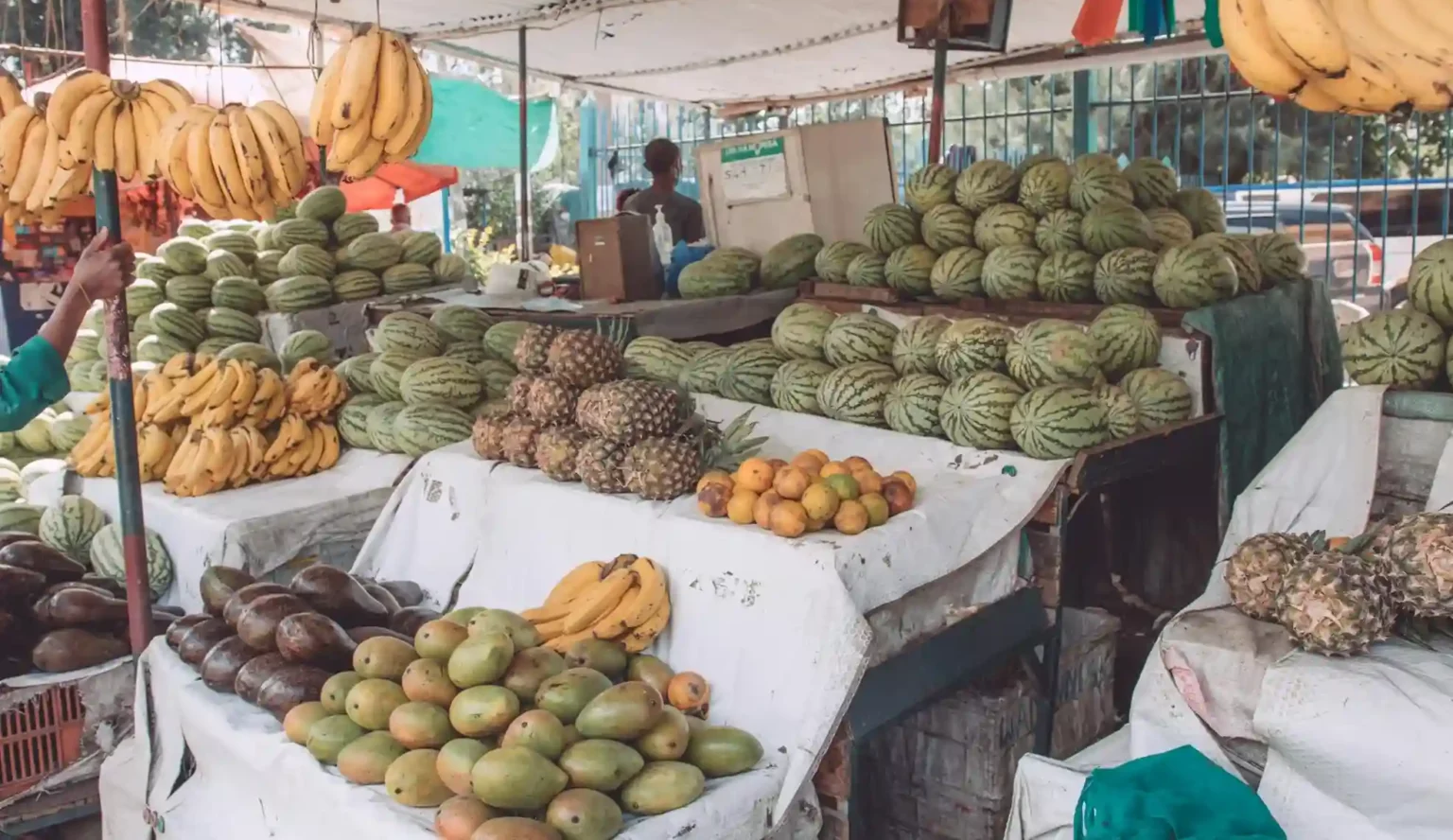Kenya’s inflation rate rose to 3.6% in March, marking a fifth consecutive monthly increase from 2.7% in October, according to the Kenya National Bureau of Statistics (KNBS).
This increase from 3.5% in February was primarily driven by rising food and non-alcoholic beverage prices.
Key Inflation Drivers
In the period, the food index increased to 6.6% year-on-year, with significant price increases in sukuma wiki (6.2%), potatoes (4.5%), and maize (3.3%).
The housing, water, electricity, gas, and other fuels index marginally increased, with 50 kWh and 200 kWh electricity prices rising by 1.0% and 0.9%, respectively.
The transport index rose by 1.5% due to increases in local flight costs.
source: tradingeconomics.com
Economic Outlook
A Central Bank of Kenya (CBK) survey indicates improved business and economic growth optimism for the next 12 months, attributed to a stable macroeconomic environment, expected lower interest rates, favourable weather, and lower global oil prices.
Concerns remain regarding subdued consumer demand and high business costs.
The CBK projects 2025 GDP growth at 5.4%, supported by resilient service sectors, agriculture, increased private sector credit, and improved exports.
NCBA Bank Research notes that core inflation indicates increased demand in the economy.
NCBA also states that the March-May rainy season and lower global energy prices should keep inflation within the CBK target range of 2.5% to 7.5%.
Kenya Wheat Imports: 92% Reliance, Farmers Seek Market Access




